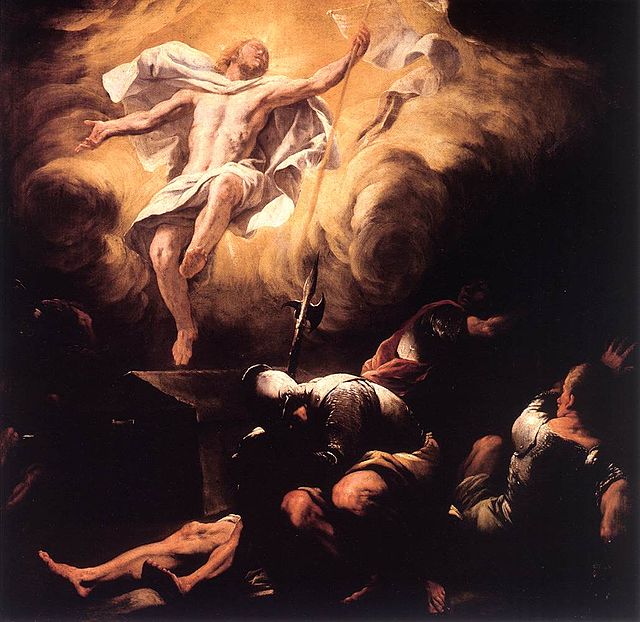Hecate is a goddess in ancient Greek religion and mythology, most often shown holding a pair of torches, a key, or snakes, or accompanied by dogs, and in later periods depicted as three-formed or triple-bodied. She is variously associated with crossroads, night, light, magic, protection from witchcraft, drugs, the Moon, graves, and ghosts. Her earliest appearance in literature was in Hesiod's Theogony in the 8th century BCE as a goddess of great honour with domains in sky, earth, and sea. Her place of origin is debated by scholars, but she had popular followings amongst the witches of Thessaly and an important sanctuary among the Carian Greeks of Asia Minor in Lagina. Her oldest known representation was found in Selinunte, in Sicily.
The Hecate Chiaramonti, a Roman sculpture of triple-bodied Hecate, after a Hellenistic original (Museo Chiaramonti, Vatican Museums)
Hekataion with the Charites, Attic, 3rd century BCE (Glyptothek, Munich)
Marble relief of Hecate.
A goddess, probably Hecate (possibly Artemis), is depicted with a bow, dog and twin torches.
A liminal deity is a god or goddess in mythology who presides over thresholds, gates, or doorways; "a crosser of boundaries". These gods are believed to oversee a state of transition of some kind; such as, the old to the new, the unconscious to the conscious state, the familiar to the unknown.
Janus was believed to see over times of change, such as the New Year and the beginning of the day.
Mercury was a god of travellers, like his Greek equivalent Hermes.
Jangseung are traditionally placed at the boundaries of villages
Christians believe Jesus crossed the boundary from the afterlife to earth during his resurrection.








